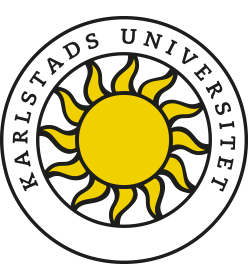Elevers tolkning av multiple tekster i historiefaglige prosjekter
DOI:
https://doi.org/10.62902/nordidactica.v14i2024:3.25105Keywords:
History Education, Source Criticism, Historical Literacy, Action ResearchAbstract
This article discusses how source criticism can be used as a method in history classes and how students and teachers experience the learning outcome. The study is based on an action research project at an upper secondary school in Norway. During two action periods, the students read a wide variety of historical secondary sources and wrote academic texts. Both students and teachers had a positive assessment of the students' learning outcomes. However, there was great variation among the students. There are several challenges associated with this method. About half of the students found it challenging to read advanced texts, they struggled with acquiring the content and to interpret and compare the content of the texts. Students need more training in reading strategies and in assessing texts critically and independently. In addition, and even more important, they need to develop an understanding of why this kind of competence is important. For this type of project to contribute to the pupils' development of competence, it is necessary to work systematically and long-term with source assessment, qualitative methods and academic writing.


